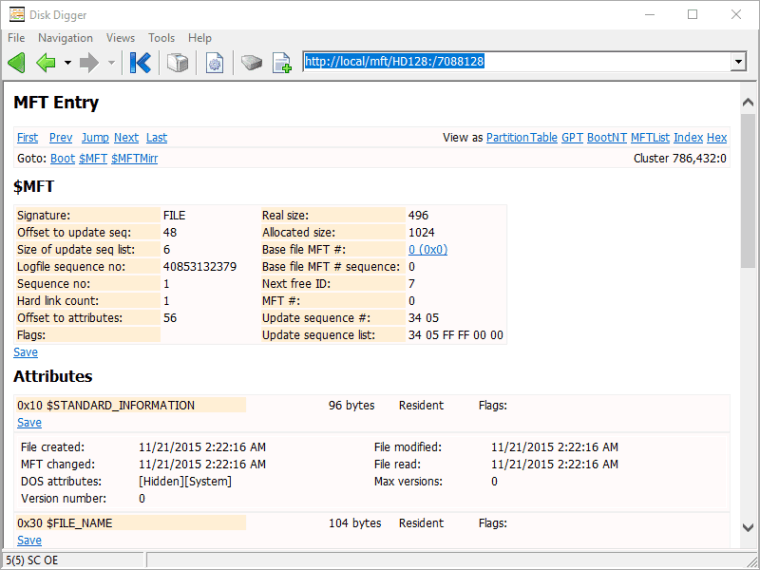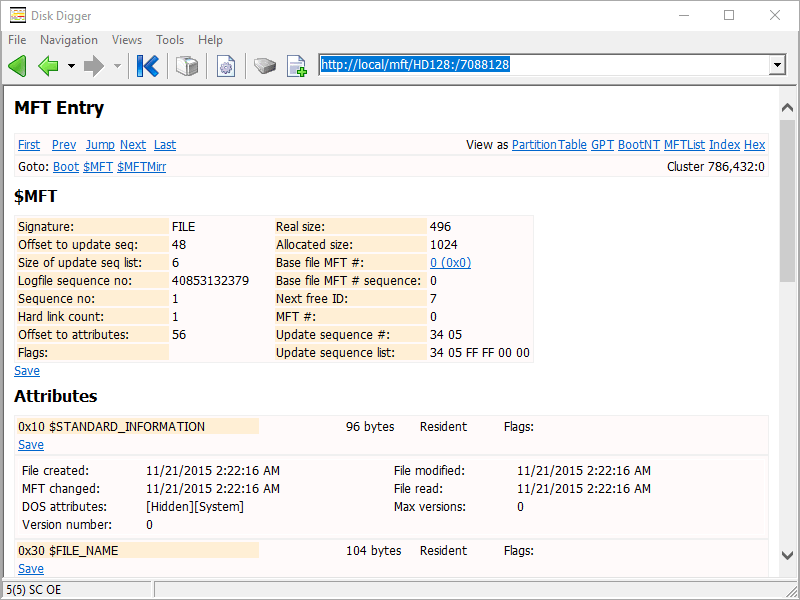Write Your Own Data Recovery Software
At Runtime Software, we use DiskExplorer X to reverse-engineer file systems and program new features for our data recovery software. You can employ DiskExplorer X for research or forensic investigations when exploring unknown hard drives.
The provided DiskExplorer X scripts show you how to extract files programmatically from NTFS, FAT, EXT, XFS, HFS+, and APFS. You can use these scripts as a blueprint for customized data recoveries or forensic investigations.
You can write additional scripts for other file systems or container structures such as backup files, virtualization volumes, encrypted volumes, or surveillance disks. A rich set of built-in commands lets you access and process disks and images files. You could even develop your own data recovery software based on those scripts.
If a standard recovery software, such as GetDataBack, is not sufficient to accomplish your objective, DiskExplorer X is the perfect tool.
You can create report scripts for data recovery or forensic purposes that no other software offers.

